The Lynx genus is home to some of the most elusive and formidable predators in the animal kingdom. These wild cats are characterized by their tufted ears, short tails, and distinctive fur patterns. They inhabit a wide range of ecosystems across Europe, North America, and Asia, and each species plays a crucial role in maintaining ecological balance. In this article, we provide a detailed overview of the four main lynx species: the Iberian lynx (Lynx pardinus), bobcat (Lynx rufus), Canadian lynx (Lynx canadensis), and Eurasian lynx (Lynx lynx). We will explore their physical characteristics, habitat preferences, hunting behavior, and conservation status, along with current efforts to protect these remarkable creatures.
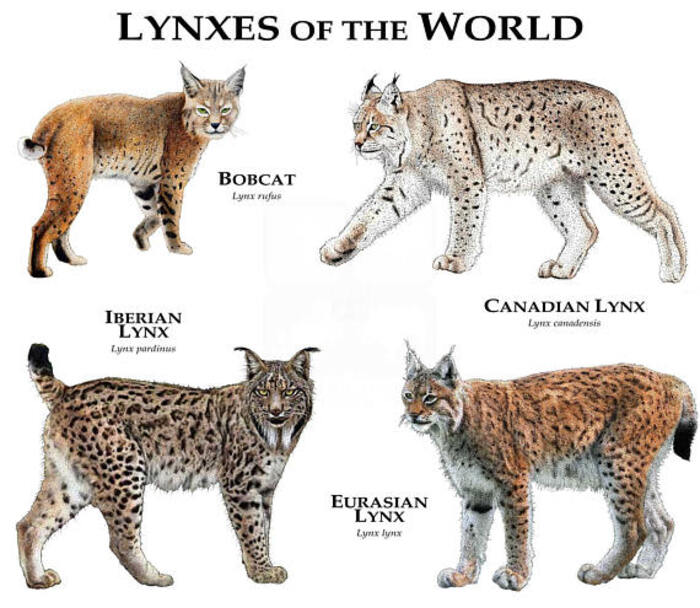
The Iberian lynx, also known as the Spanish lynx, is the most endangered of the lynx species. Native to the Iberian Peninsula, it primarily resides in Spain and Portugal. The Iberian lynx is a medium-sized wild cat, measuring between 80 to 130 cm in length, with a short tail and a distinct coat pattern. Its fur is typically yellowish-brown with dark spots, and it has characteristic black tufts on the tips of its ears. The fur around its face is often white, enhancing its facial features.
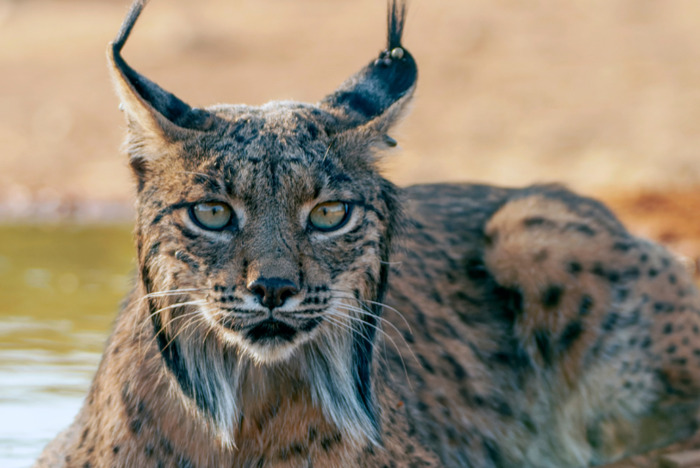
Ecology and Behavior: The Iberian lynx is an exceptional predator, primarily hunting rabbits, especially the European wild rabbit (Oryctolagus cuniculus), which makes up the majority of its diet. This species is an ambush predator, relying on stealth and camouflage to approach its prey. Unfortunately, the Iberian lynx's population has declined drastically due to habitat destruction, a decrease in prey availability, and poaching. The introduction of disease in rabbit populations further exacerbated this decline.
Conservation Status: According to the International Union for Conservation of Nature (IUCN), the Iberian lynx is classified as "Critically Endangered." Conservation efforts, including captive breeding programs, habitat restoration, and the reintroduction of prey species, have led to a slow recovery. As of 2020, the population of Iberian lynx has risen to around 400 individuals, thanks to these dedicated conservation programs (IUCN, 2020).
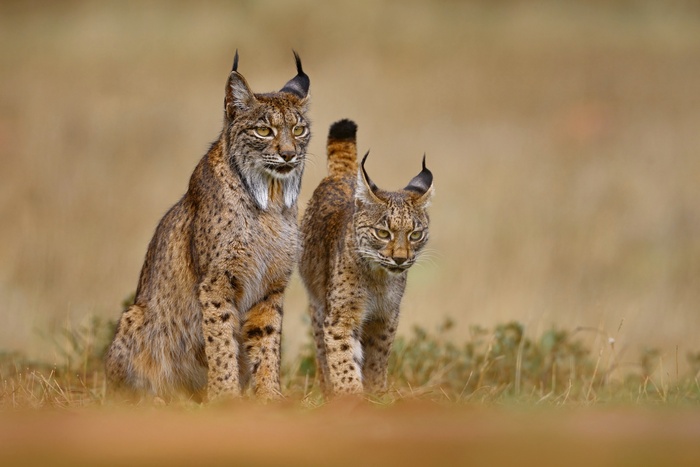
The bobcat is the most common lynx species in North America, ranging from southern Canada through the United States to northern Mexico. Bobcats are smaller than their Eurasian and Canadian relatives, with adult males measuring 65 to 105 cm in length, and females typically smaller. They have a short, stubby tail (hence the name "bobcat"), and their fur can vary from gray to yellowish-brown, with spots or stripes across their bodies.
Ecology and Behavior: Bobcats are incredibly adaptable and can live in a variety of habitats, from forests and grasslands to deserts and suburban areas. Their diet consists mainly of small mammals, such as rabbits, squirrels, and rodents, although they will occasionally hunt birds or reptiles. Bobcats are solitary animals and are known for their stealth and agility in hunting. They can climb trees and are excellent swimmers, allowing them to hunt in various environments.
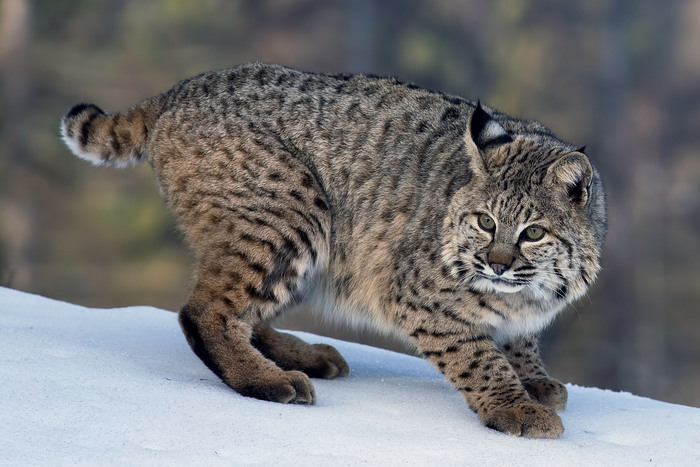
Conservation Status: The bobcat is classified as "Least Concern" by the IUCN due to its widespread distribution and stable population. It faces minimal threats, although habitat destruction and overhunting in certain areas could pose risks. However, their ability to adapt to urban environments has allowed them to thrive in many regions.
The Canadian lynx is found primarily in the boreal forests of Canada and parts of Alaska, with a small population extending into the northern United States. This medium-to-large lynx species has a body length of about 80 to 110 cm, with a short tail and large paws that help it move efficiently through deep snow. The coat of the Canadian lynx is thick and silvery-gray, often with faint spotting.
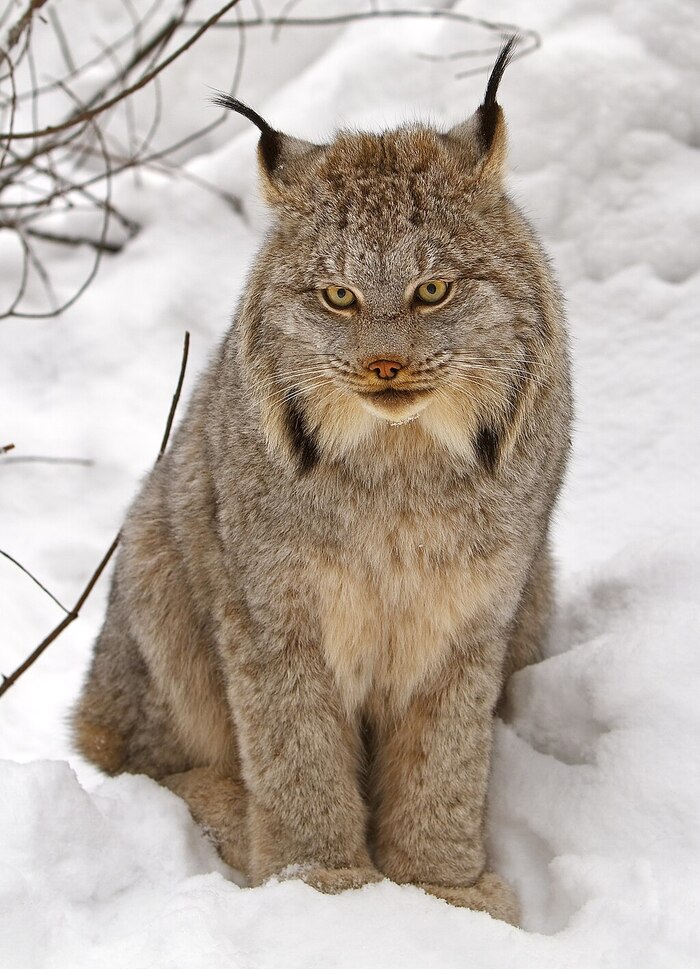
Ecology and Behavior: The Canadian lynx is closely tied to the snowshoe hare (Lepus americanus), which is its primary food source. The lynx relies on its keen senses and stealth to catch this elusive prey, often hunting in dense forests or snowy environments where it excels in navigating the terrain. The lynx’s long claws and large paws allow it to move effortlessly through snow, and its thick fur helps it survive harsh winter conditions.
Conservation Status: While the Canadian lynx is classified as "Least Concern" by the IUCN, it faces threats from climate change and habitat loss due to logging and urban expansion. The reduction in snowshoe hare populations, which are sensitive to temperature changes, could also affect the lynx’s survival. However, the Canadian lynx is still relatively abundant, and ongoing conservation efforts focus on preserving its natural habitat.
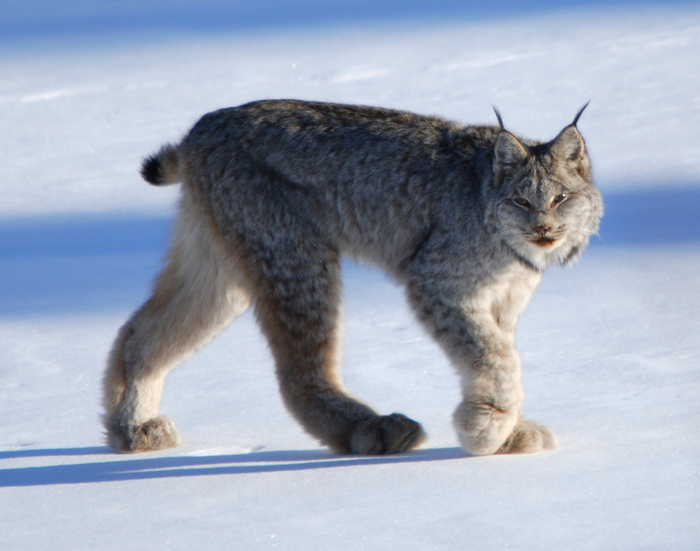
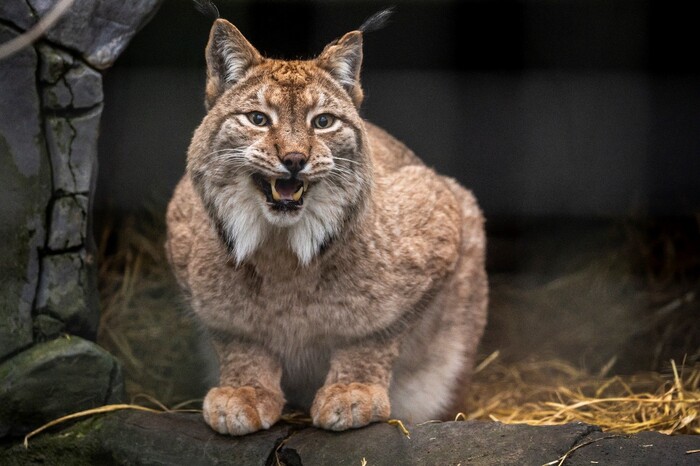
The Eurasian lynx is the largest member of the lynx genus, found across Europe, Russia, and parts of Asia. This species typically measures between 80 to 130 cm in body length, with a tail length of about 10 to 20 cm. The Eurasian lynx has a distinctive coat that is usually grayish-yellow with darker spots, and it features a tuft of black fur at the tip of its ears. Its large size and strength enable it to hunt a wide variety of prey, from small mammals to larger herbivores like deer and wild boar.
Ecology and Behavior: The Eurasian lynx is an opportunistic predator, capable of hunting animals ranging from small rodents to large ungulates. It is an ambush predator, using its excellent vision and patience to stalk prey. The Eurasian lynx typically hunts alone and uses its sharp claws to catch prey. It is also known to cache its food, storing carcasses for later consumption.
Conservation Status: The Eurasian lynx was once widespread throughout Europe, but overhunting and habitat destruction led to its local extirpation in many areas. However, conservation programs in Europe, particularly in Scandinavia and Eastern Europe, have been successful in reintroducing and protecting this species. The Eurasian lynx is classified as "Least Concern" by the IUCN, though it still faces threats in some areas due to habitat fragmentation and poaching.
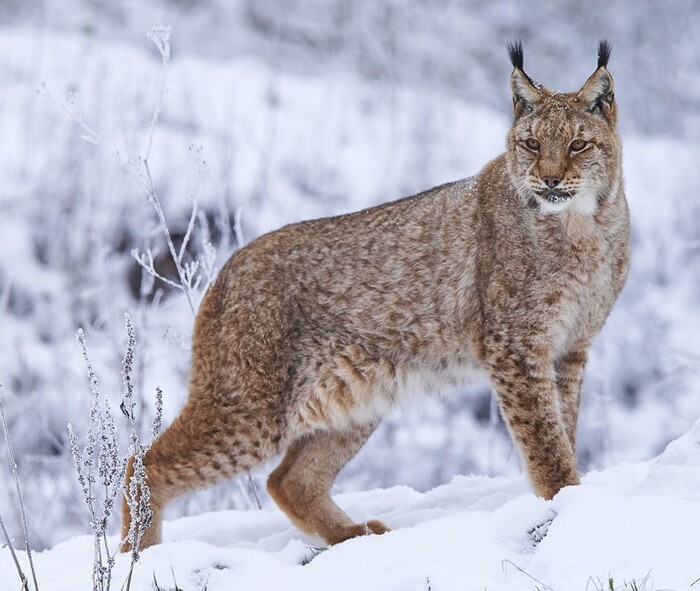
Lynx species are vital to maintaining the balance of their ecosystems. As apex predators, they help regulate populations of prey species, preventing overgrazing and promoting biodiversity. Despite their ecological importance, lynx face numerous challenges, including habitat loss, poaching, and climate change. Conservation efforts have made significant strides, particularly in the case of the Iberian and Eurasian lynx, but much work remains to ensure the survival of these magnificent creatures.
Protecting lynx populations requires global cooperation and continued efforts to preserve their habitats, mitigate human-wildlife conflict, and monitor their populations. By fostering awareness and supporting conservation initiatives, we can help ensure that these majestic animals continue to roam the wild for generations to come.
International Union for Conservation of Nature (IUCN). (2020). Lynx pardinus (Iberian lynx). Retrieved from IUCN Red List
Hemmer, H., & Barlow, A. (2019). Lynx canadensis and its role in the North American ecosystem. Wildlife Biology, 25(2), 122-130.
Sunde, P., & Landa, A. (2021). Lynx lynx in European forests: Status and conservation efforts. European Wildlife Journal, 44(1), 78-85.
animal tags: Felidae
We created this article in conjunction with AI technology, then made sure it was fact-checked and edited by a Animals Top editor.